
The lion is one of the largest members of the big cat family. Because of its noble, dignified bearing, the lion is known as the "king of beasts." Which big cat is also known as a panther? See this beast next.
Advertisement
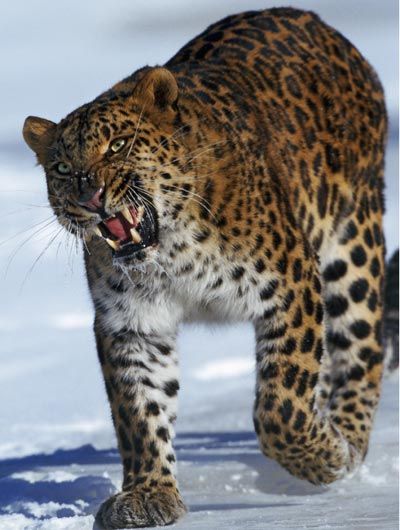
The Amur leopard (Panthera pardus orientalis) is one of the rarest and most endangered big cats. There are less than 40 known Amur leopards left in the wild. Find a desert-dweller next.
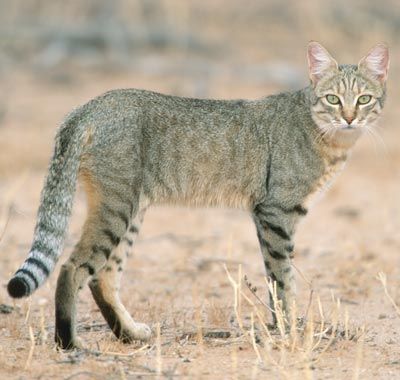
The African wildcat (Felis silvestris cafra) is found throughout Africa and the Middle East. What does "melanistic" mean? Find out in the next image.
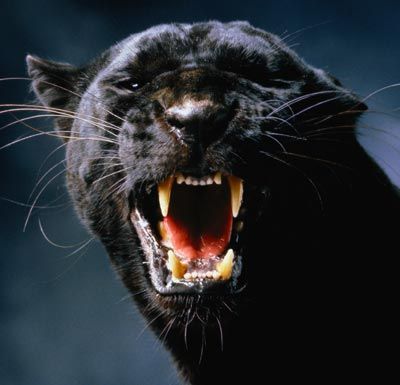
Black panthers are actually black-coated (melanistic) leopards and not a distinct species. Leopards are the most widespread members of the cat family. Find out which lynx is distinguished by its prominent ear tufts, black-tipped tail and furred paws.
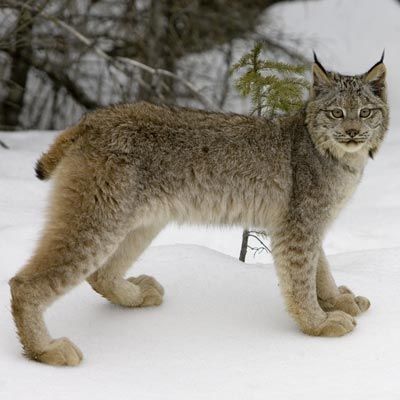
The Canada lynx (Lynx canadensis) sleeps in rock crevices and caves during the day and hunts at night. Its main source of food is the snowshoe hare, but it also eats rodents and birds. See a "tiger cat" next.
Advertisement
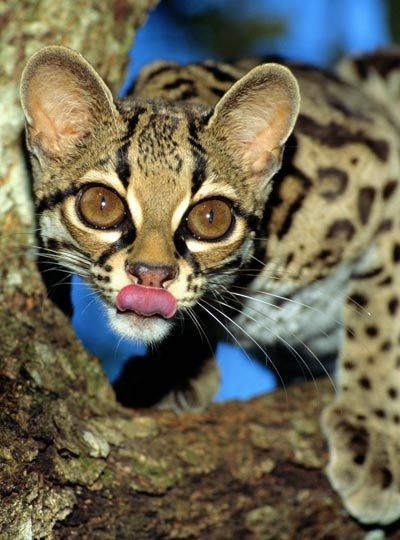
Margays are found in forested areas from northern Mexico to northern Argentina and Uruguay. The margay grows to be 40 inches (102 centimeters) long, which includes a 16-inch (41-centimeter) tail. Chase the fastest mammal on Earth next.
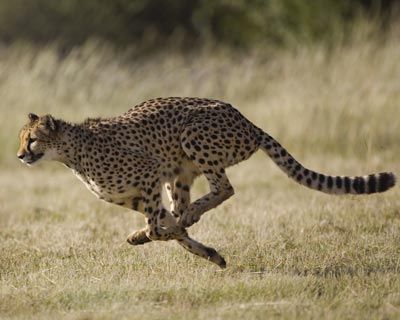
The cheetah is the swiftest of all land animals; it can run 70 mph (113 kph) across short distances. See which cat is sometimes called a "bay lynx" next.
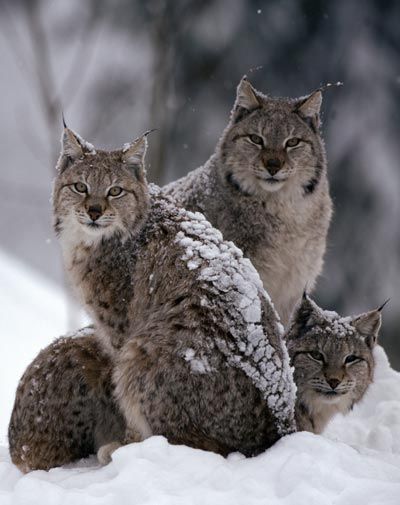
Bobcats are found in forested, swampy, or semiarid regions of North America, from southern Canada to central Mexico. The bobcat is named for its short, "bobbed" tail and is related to the lynx. See a feisty cat next.
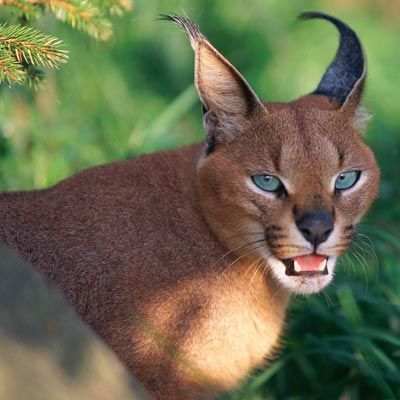
A caracal is a golden cat that lives in dry regions, from Africa to India. When a caracal is ready to attack, it turns its ears toward its back, but doesn't completely flatten them (as seen in the picture). Next is the most common leopard species.
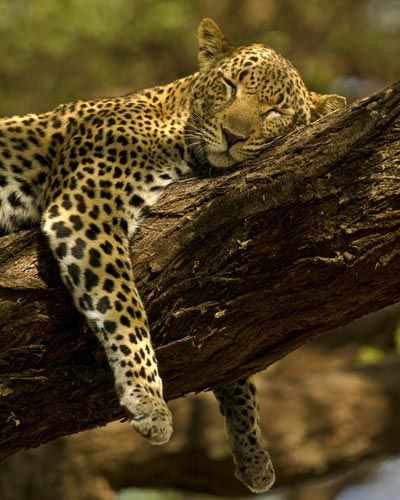
The leopard, like this African leopard (Panthera pardus), is an excellent climber and spends much of its time in trees. It's a solitary animal and usually hunts alone at night. See a much smaller faux leopard species up next.
Advertisement

Clouded leopards aren't closely related to leopards. Many people think their spots look like clouds, thus their name. Think climbing a tree will keep you safe if a cougar is on the prowl? Find out why you'd really be up a tree next.
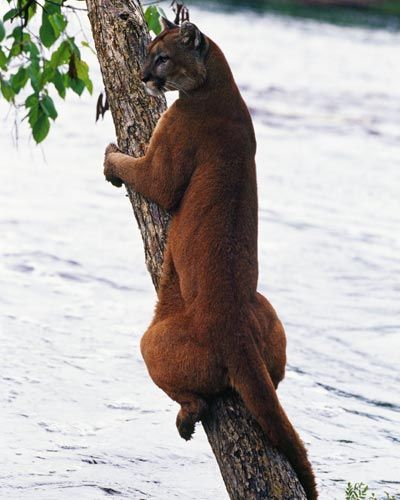
The cougar is known by many names, including mountain lion, puma, painter, panther and catamount. They are good leapers and tree climbers, as you can see above. Find out which wildcat is a good fisher next.
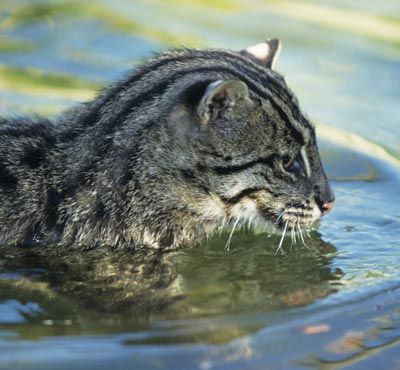
The fishing cat is a small wildcat that excels in swimming and diving. A fishing cat will wait near a stream for a fish to swim by. When one does, the feline lashes out with a paw and bats the fish ashore. Find a fierce Florida panther next.

The Florida cougar, or Florida panther, a subspecies native to southern Florida, is reddish brown. See a feline that resembles the leopard, but is larger and has a somewhat shorter tail.
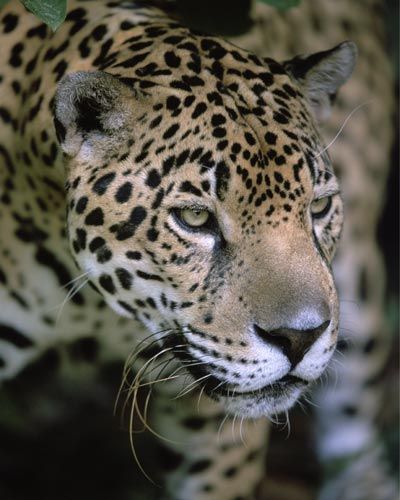
The jaguar can be found in southern Mexico all the way to Argentina. An adult male measures up to 8 feet (2.4 meters) from nose to tail and weighs up to 300 pounds (136 kilograms). Which cat has a strange resemblance to an otter? See this creature next
Advertisement
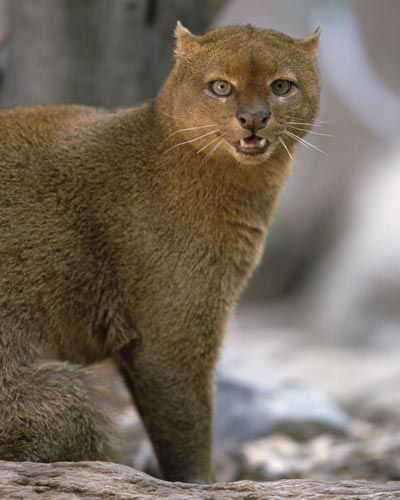
The jaguarundi (Felis yagouaroundi tolteca) is a wildcat native to Arizona and Mexico. See another small cat that's endangered due to the destruction of its habitat and the hunting for its fur.
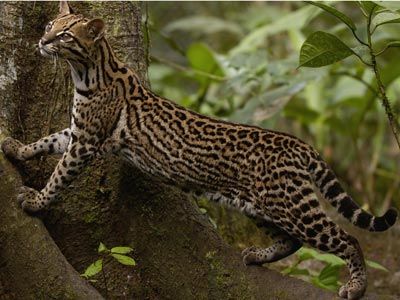
Ocelots can be found from southern Arizona and Texas to northern Argentina. The short fur of the ocelot is buff or gray colored and is spotted with black dots and oblong patches of dark brown and black. Encounter a European wildcat next

The Scottish or European wildcat is yellowish-gray to dark gray with dark stripes running across its head, body and legs. Discover which wildcat is made up of "spare parts" next.
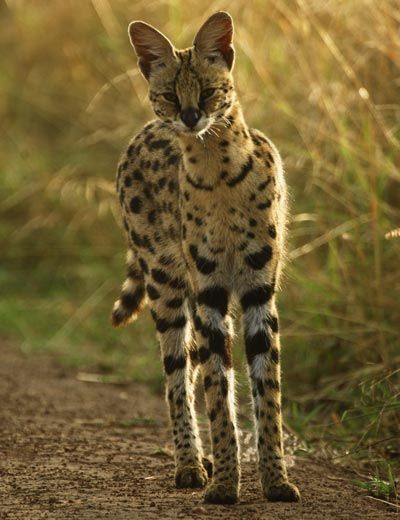
The serval is a long-legged wildcat native to Africa. This cat looks as if it's made from the leftover parts of other animals, having such a small head, tawny coat with black spots and large erect ears without tufts. See a cold-looking kitty next.

The European lynx is the largest of all lynx species. See another cold weather cat that is also known as an "ounce" up next.
Advertisement
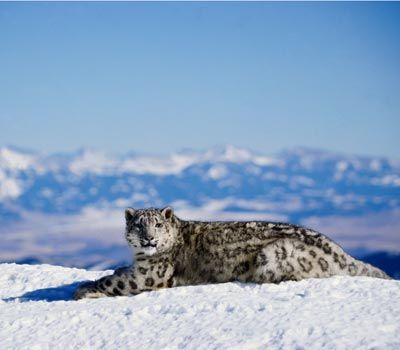
The snow leopard lives above the timberline in the high mountains of central Asia. It feeds on wild sheep, musk deer, rabbits, birds and more. Finally, see a cat that can weigh up to 420 pounds (191 kilograms).
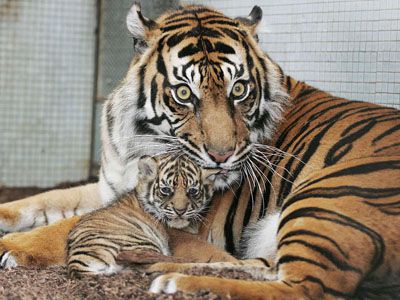
Tigers, like these Sumatran tigers, are the largest members of the cat family. To learn more about big cats check out the Big Cats Channel.